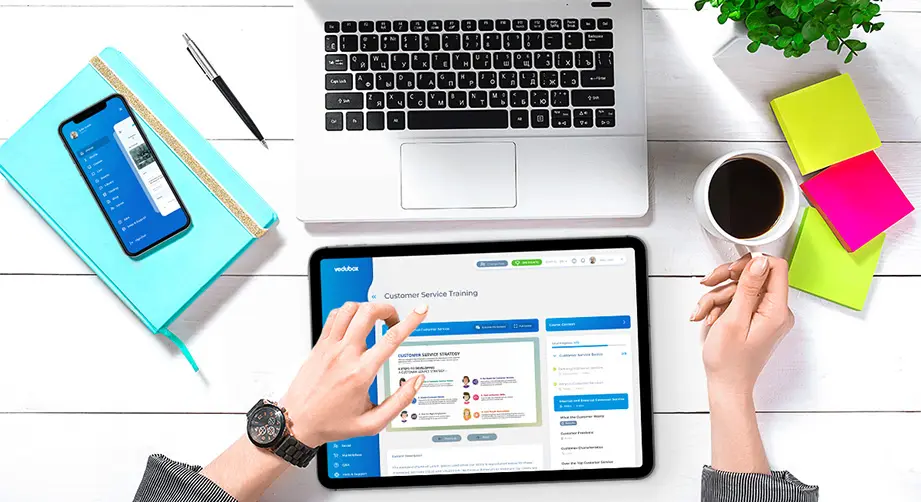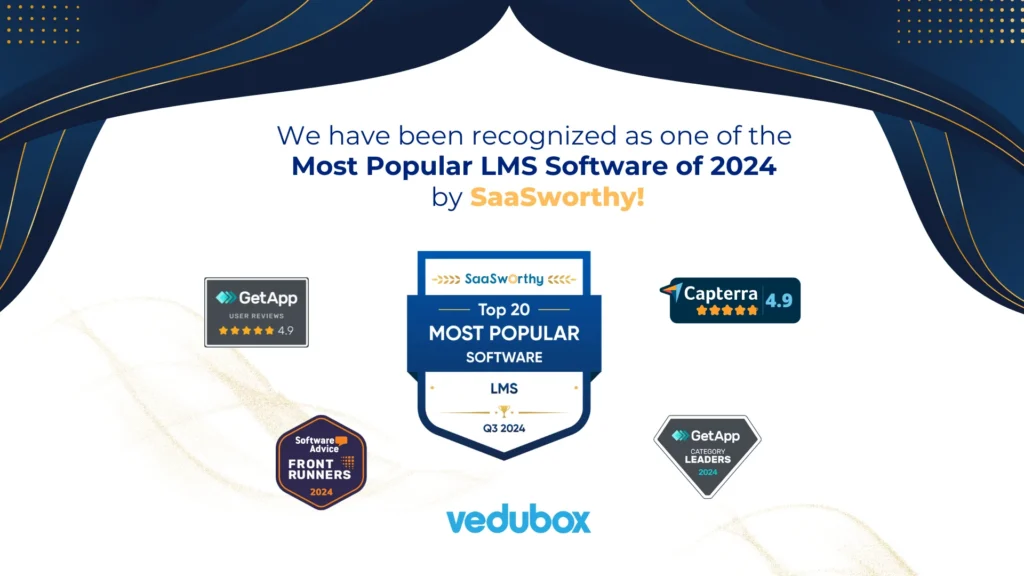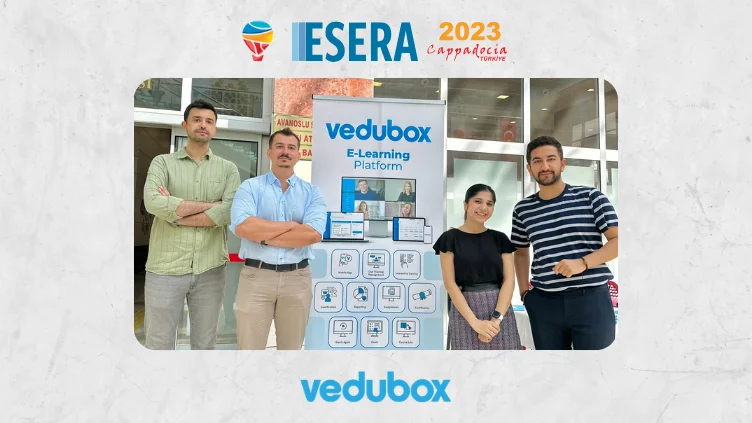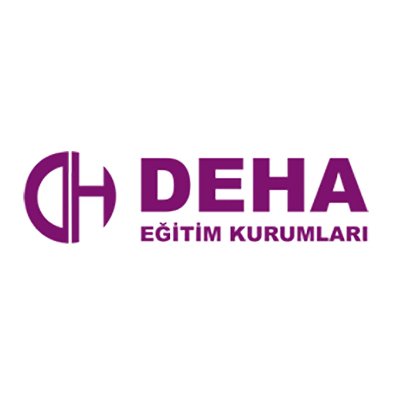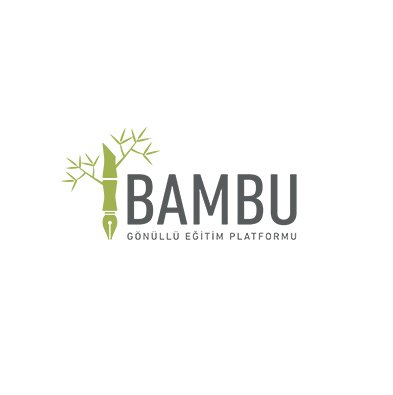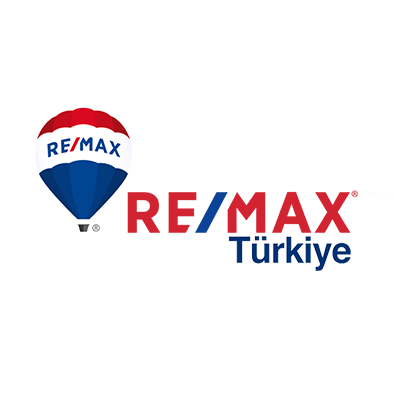What is LMS? What are its Basic Functions and Duties?
Before explaining why institutions need an LMS, it will be necessary to talk about what the term ‘LMS’ is. ‘LMS’ is used as an abbreviation of the English name ‘Learning Management System’, in Turkish it is mostly called ‘Training Management System’. Apart from this, by some institutions or educational institutions; names are given as ‘Learning Management System, Instructional Management System or Learning Management System’.
When it comes to what purpose the LMS serves, LMS is a software designed to perform and report all activities in an institution or an organization, generally called ‘distance or online education’. Although these activities depend on the capabilities and performance of the LMS preferred by the relevant person or institution, we can generally list the main functions and duties of an LMS as follows;
– By creating news and announcement sections, ensuring that the user is aware of the activities that are/will be done
– Creation of users on the system
– Preparation of training material in specific formats
– Creating training from the prepared training material; assignment, tracking, reporting
– Creation, monitoring and reporting of synchronous (instructor and student interacting in distance education) distance education environments such as virtual classrooms and video conferences/meetings
– Creating assessment tools such as quizzes and surveys
– Provide detailed Reporting data
– Provide certificate generation tool
– Homework and tasks are created synchronously through the system, and they are defined and tracked by users.
– Particularly prominent recently; gamification constructs that also support institutional memory
Some Statistics About LMS
Before explaining why organizations need an LMS, it would be useful to take a look at some statistics and data.
– 70% of learning & development departments used an LMS for their training programs in 2020.
– Functionality/Functionality and price are the two most important factors that organizations consider before purchasing LMS software.
– It was determined that 88% of the companies participating in the survey used virtual classrooms and live broadcasts / webinars. (In 2020, this rate was 83%)
– 48% of organizations want to use a new LMS. About 43% want better social and collaboration tools.
The LMS industry is growing exponentially and shows no signs of slowing down. This growth has increased with the pandemic period, institutions are now starting to be more selective about LMS, and therefore companies that provide LMS services need to increase their system capabilities in this context.
What are the learning management system usage areas for institutions?
With various advantages for institutions, Vedubox provides much more than an LMS. Start your 15-day free trial now to examine the platform in detail.
Quick Installation and Integration
Institutions need a system to manage their Training and Development processes. For this reason, the priority for institutions is to always have an ‘LMS’ that will not force the existing HR systems and can be easily integrated. Easy integration and smooth flow of employee training data to the corporate system via LMS is preferred. After this point, the LMS capabilities of more companies will come to the fore. Systems that can be installed on the same day with cloud technology will always be preferred in this respect.
After the integration issue for institutions, we can group the important points for the ‘LMS’ system as follows;
Reducing costs
Regardless of what happens, the priority is to reduce the costs in the current situation. In particular, institutions that are centrally managed and have employees in different regions have to take steps to reduce the costs of ‘training and development’, which are always among the biggest items. In order to reduce these costs, they are in search of a system that will not create operational and time costs for them. They want the LMS to help them save both time and operation. Being able to easily integrate training documents into the system is one of the simple but important solutions that companies are looking for. Because the training documents left in the folders and between the e-mails that go between the employees can turn into a resource that does not create value and does not provide any benefit at the end of the day. Such documents, which can be added to the trainings you can create in the LMS, will be beneficial in terms of both updating the resources easily and following the training through these documents.
Easy Use of Online Tools
Institutions may not always be in a position to perform classroom training, as we have seen during the pandemic period. For this reason, institutions need to keep the applications or most of the practices they can do in the classroom training in such situations, on a system that they can easily control. Examinations and surveys conducted before and after the training are the best examples of these. Online exam and survey systems, which can be easily created on the LMS and the results of which can be reported, will be at the top of the demands of the institutions. Homework and duties, which are physically difficult to follow, but can be easily tracked through the system, are among the needs of institutions.
Online Meeting Management and Video Conferencing Systems
Actually, online meeting and video conferencing systems are terms that have been in our lives for many years, but since the pandemic, these tools have become much more important for institutions. At the point where face-to-face meetings and trainings came to a standstill and even stopped in many companies, these systems played life-saving roles for institutions. Although tools that provide online meeting management or virtual classroom systems cannot replace in-class training that cannot be done, they came to the rescue of institutions as a very good alternative solution. Thanks to these tools, institutions were able to carry out their prioritized training without interruption. In addition, video conferencing systems are also among the tools that institutions expect to use in an integrated way on the LMS. With these systems, institutions can provide their events, periodic meeting meetings and seminars through this platform. However, video conferencing systems alone are not enough. It is requested that these tools provide detailed reports in integration with the LMS and also send notifications to the participants’ calendar. However, after the events held in this way, a printout can be made to contribute to the institution, and the feature of watching the replays from the system will be distinctive for those who missed the broadcast after the event.
Reporting
Measuring, monitoring and reporting training performance is one of the most important issues for institutions. In particular, institutions that make applications such as pre-test and post-test demand to see these test results in consolidated reports together with the trainings, and they want to have a system that can provide this. That’s why it’s important for an LMS to provide a detailed reporting system. An LMS where the development of employees can be followed together with accurate reporting will always be the reason for preference.
Mobile Application
Today, we spend a lot of time outside of the workplace. For this reason, access to the resources offered over the LMS should not only be via computers. Employees should be able to access content such as short videos, reading resources, podcasts, which are the popular source of recent times, whenever they want. This issue forms the basis of the concept of e-learning or distance education. Therefore, LMSs with both IOS and Android-based mobile applications will always attract the attention of institutions. The important thing here is to be able to produce mobile compatible content, those who can produce within the LMS we mentioned in the previous lines will be more fortunate in this regard.
Multilingual System
Especially in the global market, multinational corporations always prefer systems that support different languages. Although English is one of the most accepted common languages in today’s world, providing an interface in local languages pleases the employees. Apart from the interface, employees also want to access training resources in their own language. In order to provide these features, a Training and Development Management system that can offer multilingual features that can be integrated into HR systems will be needed.
Integrated Notification Services
One of the reasons for organizations to use an LMS is that they need a service to inform their employees instantly. In cases such as a training announcement, training assignment, event news or exam notification, the integrated instant mail and/or sms (short message) services provided by LMS will help institutions to save a great deal of time and operation by keeping them away from manual and operational processes.
Certification
Even if not in every training, there are trainings that institutions will offer certificates at the end of the training. Or, in some circumstances, they may need to give a certificate of achievement. For this reason, being able to offer certificates through the system will both motivate employees and increase the value of the training provided. Therefore, institutions will prefer an application that offers an integrated certification system. An LMS that meets these conditions will be preferred.
Gamification
The words gamification and game are among the words that are easily and frequently confused with each other. In fact, gamification is the use of game elements to increase motivation in non-game areas.
Accordingly, it is important for employees to spend more time on a system and to provide a motivation tool. The Training and Development Management system is valuable software to achieve this. Among the most accepted and gamification elements on LMS’s; Modules such as Point and Badge System, Leaderboard can also work in integration with a ‘Social’ application within the LMS and output. In this way, the complaints of ‘they do not use the system, they do not enter the system’, which are among the most common complaints of institutions, will also be significantly reduced.
Interface and Usage
Institutions always have difficulty in keeping their employees in their systems, especially when the subject is education, the degree of this difficulty increases even more. The interface and user experience, which is one of the reasons for this, are among the features that can often be forgotten or skipped, but which are very important especially for the end user and can cause irreparable results in their absence. User Experience and User Interface are essential features for an LMS. This is one of the features of institutions needing an LMS. An LMS that can offer a powerful interface and user experience can be considered an invaluable source of motivation for the institution.
All the features mentioned above clearly show why institutions need an LMS. The important thing at this point is to provide a system that can accurately identify the needs of the institutions and offer a solution with the ‘tailor method’, and if necessary, can customize the benefits it provides on the LMS according to the demands of the institution.
Vedubox offers more than an LMS
It takes more than an LMS to help teams grow. When developing smart organizations, you must set up the learning path for your employees perfectly. While disseminating the culture of continuous learning in your institution; Interactive communication is as important as the quality of education. Vedubox’s; You can increase the interaction and motivation of your team with features such as gamification features, interactive video, virtual classroom, and live lessons. Request a demo now or get started for free for 15 days.
